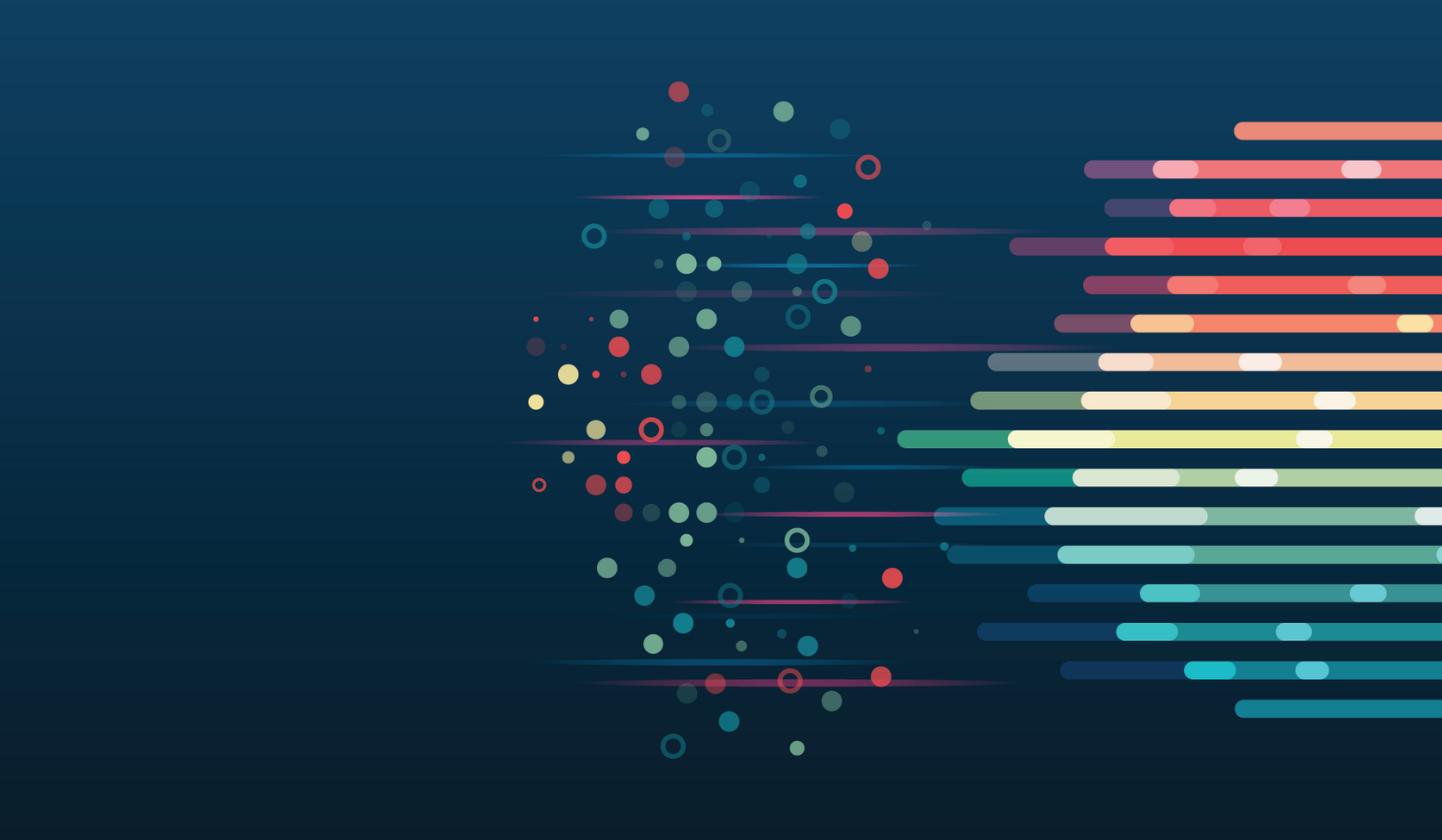Content Collection vs Collaboration Tools

What Slack and Teams Get Right
Collaboration tools like Slack, Microsoft Teams, and Discord have transformed how work gets done. They make it easy to spin up a conversation, pull in the right people, and move quickly across distributed teams. For remote and hybrid work, they’re essential. Used well, they support asynchronous workflows, reduce email clutter, and bring some humanity into team communication.
They’re the digital campfire, where work happens in real time.
They are a stream of information, and meaning can get swept away as fast as it shows up.
The Hidden Pain of Living in Chat
Slack and Teams are great at capturing moments, but they’re terrible at building memory.
- Everything is organized by reverse chronology, so important insights vanish under the latest emoji or status update.
- Threads help, until they don’t. Easy to miss, hard to revisit, impossible to structure.
- Unread bolded channels create guilt, reinforcing the idea that you must keep up in real time, or be left behind.
- There’s no true asynchronous experience. Catching up later means scrolling endlessly, hoping to spot what mattered. It’s easy to get a false sense of buy-in from everyone when you have a few active chatters, and a silent cadre who just scrolls to see a decision was made while they were working on something else.
- Search works, but only if you remember the exact phrase, person, or moment. Most of us don’t.
- Content isn’t curated. Pinning is manual. Bookmarks vanish. No one has time to highlight the real signal.
Valuable knowledge gets lost in the scroll. Decisions, answers, and ideas that could have helped the whole team slide away off the top of the page all the time.
These tools were built for conversation, they weren’t built for memory.
Content Collection Isn’t a Replacement, It’s a Missing Layer
Content Collection doesn’t compete with collaboration tools. It complements them. In fact, it’s a feature some of them are starting to explore.
Think of it like this:
- Slack is where the conversation happens.
- Content Collection is how the conversation becomes knowledge.
It’s the process (and ideally, the tools) that:
- Summarize long threads into usable answers
- Extract reusable insights from casual chat
- Surface the most referenced files or links
- Turn scattered back-and-forth into structured documentation
Some collaboration platforms are starting to recognize this. AI summaries, channel recaps, and suggested pins are early signs. But Content Collection thinking goes further. It’s not just a layer of search—it’s an intentional effort to gather, distill, and reuse what matters.
| Feature | Content Collection | Knowledge Management |
|---|---|---|
| Focus | Capturing knowledge as it emerges | Storing and retrieving structured knowledge |
| Typical Format | Raw inputs: chats, notes, links, recordings | Clean outputs: articles, wikis, onboarding docs |
| Primary Audience | Contributors, team leads, project managers | Broader organization, new hires, stakeholders |
| Challenge | Information overload, fragmentation | Stale content, low adoption, searchability |
| Current State | Mostly manual, scattered | Often formalized, but disconnected from real-time input |
| Ideal Role | Intake layer: feeds KM with fresh, contextual insight | Central hub: makes collected content trustworthy and usable |
The Conversation Is Just the Beginning
Slack and Teams are indispensable. But they’re not enough.
If all your team’s best ideas, clearest answers, and fastest decisions are happening in chat—they’re also disappearing there.
Content Collection is the natural next step: a mindset, workflow, and emerging tool layer that helps you keep what matters, surface what’s useful, and stop repeating yourself.
It doesn’t replace your tools. It makes them smarter.